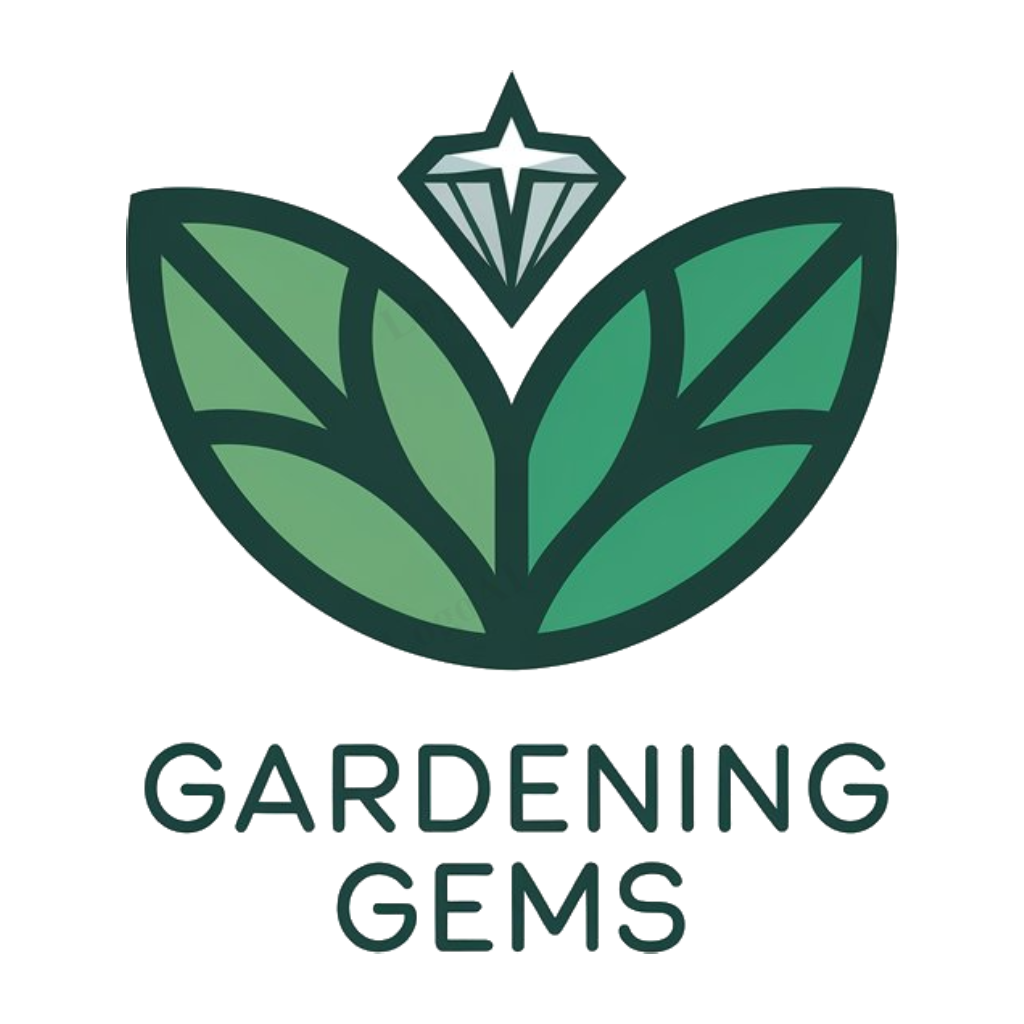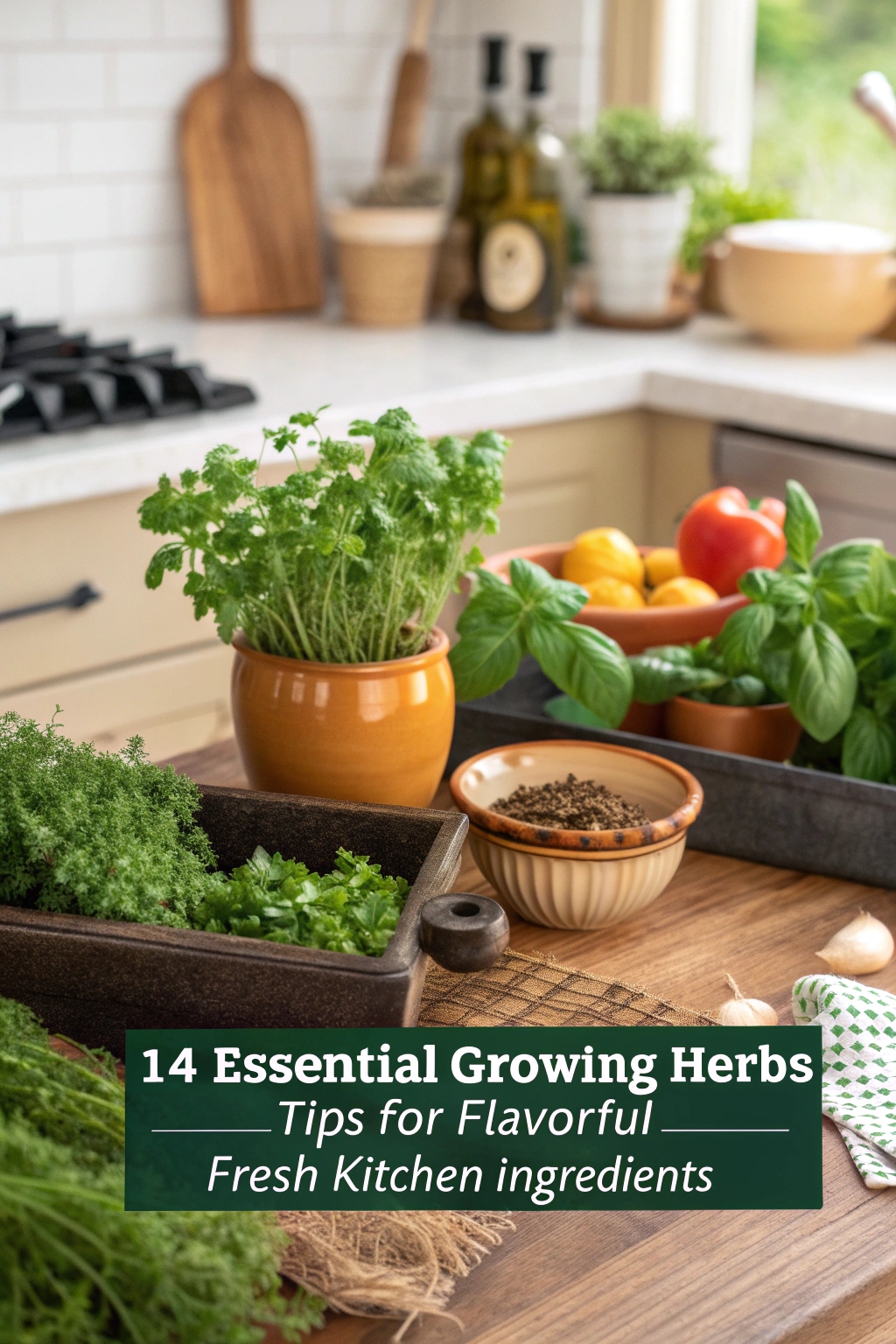Imagine a kitchen without fresh herbs – it’s like cooking without love. Fresh herbs can make any meal super tasty and fun to eat. They add special flavors and smells that make you want to eat more.
Growing your own herbs is easy and cool, and it will make you a better cook. You can pick the herbs you like and use them in your favorite dishes. By reading this, you’ll learn how to grow the perfect herbs and make your meals super delicious.
Choosing the Right Herbs for Your Garden

Choosing the right herbs for your garden involves considering climate, soil, and personal preference. Popular herbs like basil, rosemary, and thyme thrive in well-drained soil and full sun, while mint and lemongrass prefer moist conditions. Select a mix of annuals and perennials to guarantee a constant harvest and varied flavors throughout the growing season.
Preparing the Soil for Optimal Herb Growth
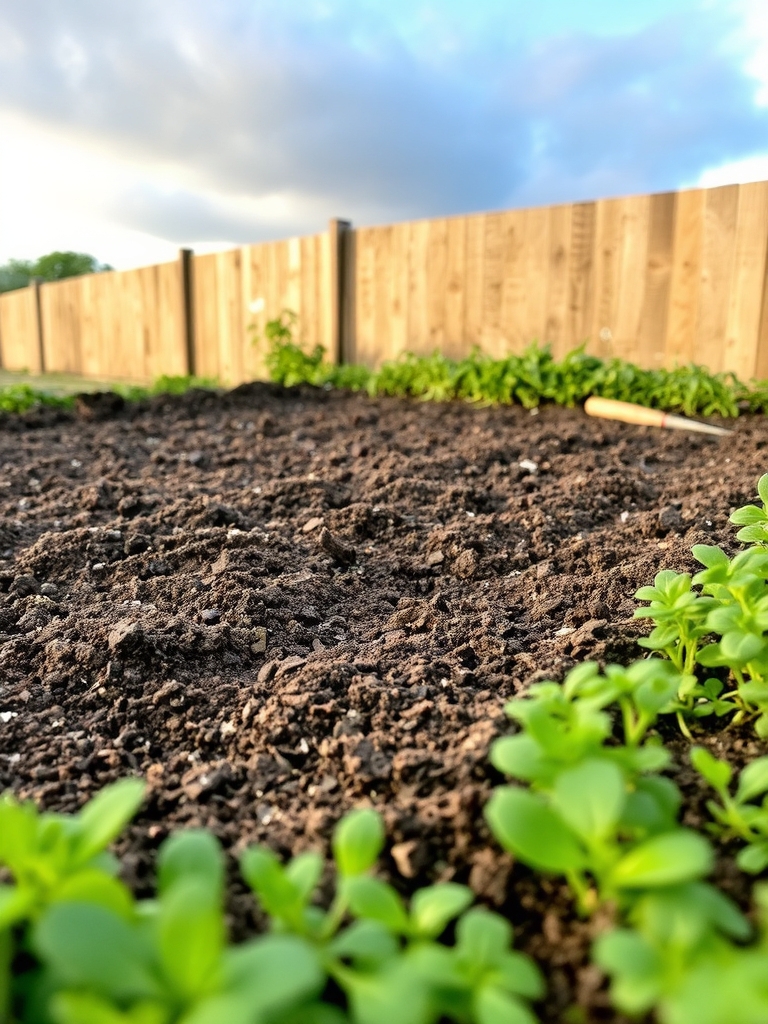
Preparing the soil for ideal herb growth involves mixing in organic matter like compost or well-rotted manure to improve drainage and fertility. Test the soil pH and adjust it if necessary, as most herbs prefer a slightly acidic to neutral soil pH. Remove any debris and till the soil to create a smooth, even surface for planting.
Watering Herbs for Maximum Flavor
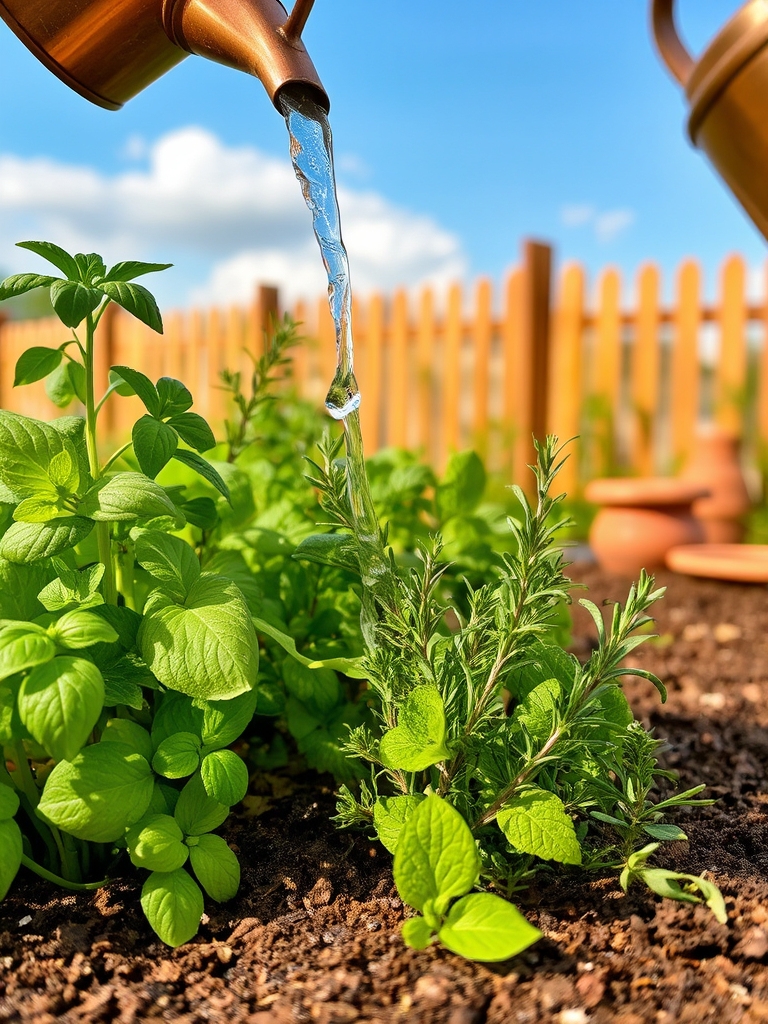
Watering herbs requires balance, as overwatering can lead to weak flavor and underwatering can cause bitterness. Herbs need about 1-2 inches of water per week, either from rain or irrigation. Consistent moisture promotes healthy growth and robust flavor, making it essential to water herbs when the top inch of soil feels dry.
Fertilizing Herbs for Healthy Growth

Fertilizing herbs is vital for healthy growth. Use a balanced fertilizer to promote leaf development and prevent nutrient deficiencies. Dilute the fertilizer to half the recommended strength to avoid burning the roots. Feed herbs regularly, but avoid over-fertilizing, which can reduce their flavor and aroma. This balanced approach encourages robust growth and flavor.
Multiplying Herbs Through Propagation
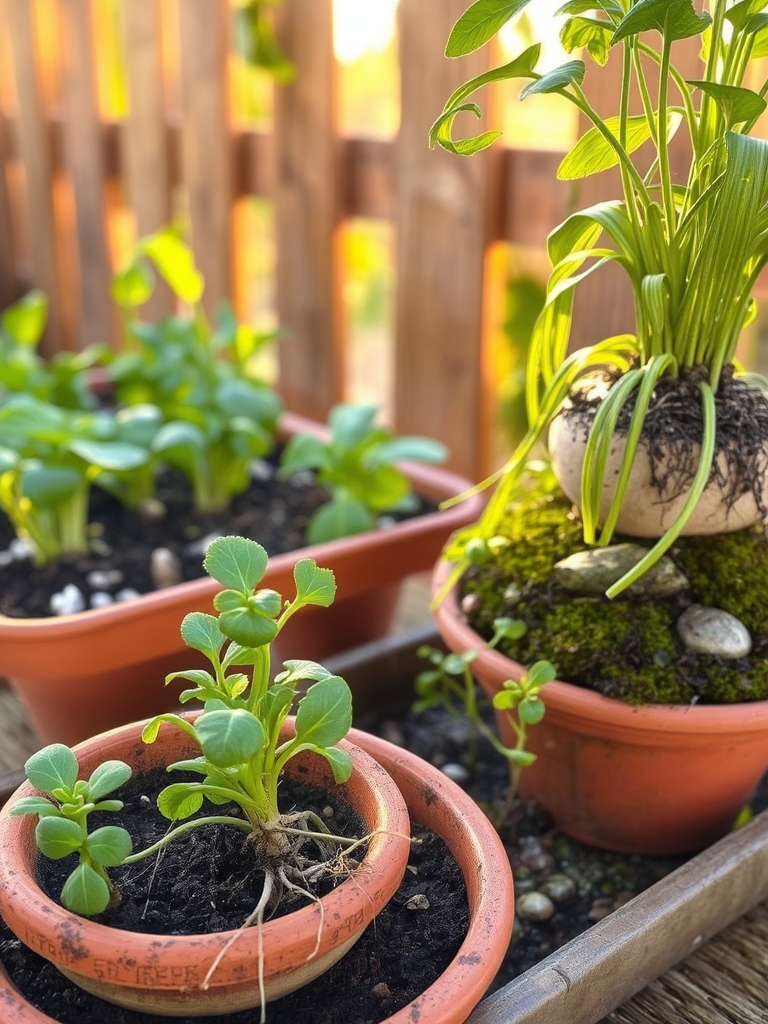
Multiplying herbs through propagation involves creating new plants from existing ones. This can be done through division, layering, or cuttings, allowing you to share plants with friends or expand your garden. Propagation is a cost-effective and efficient way to increase your herb yield and maintain genetically identical plants. It requires minimal equipment and care.
Managing Common Herb Pests and Diseases

Regularly inspect herbs for signs of pests and diseases, such as aphids, whiteflies, and powdery mildew. Use organic methods like neem oil and insecticidal soap to control infestations. Practice good hygiene, remove infected plants, and improve air circulation to prevent disease spread and maintain healthy herb growth.
Creating a Herb Garden Layout
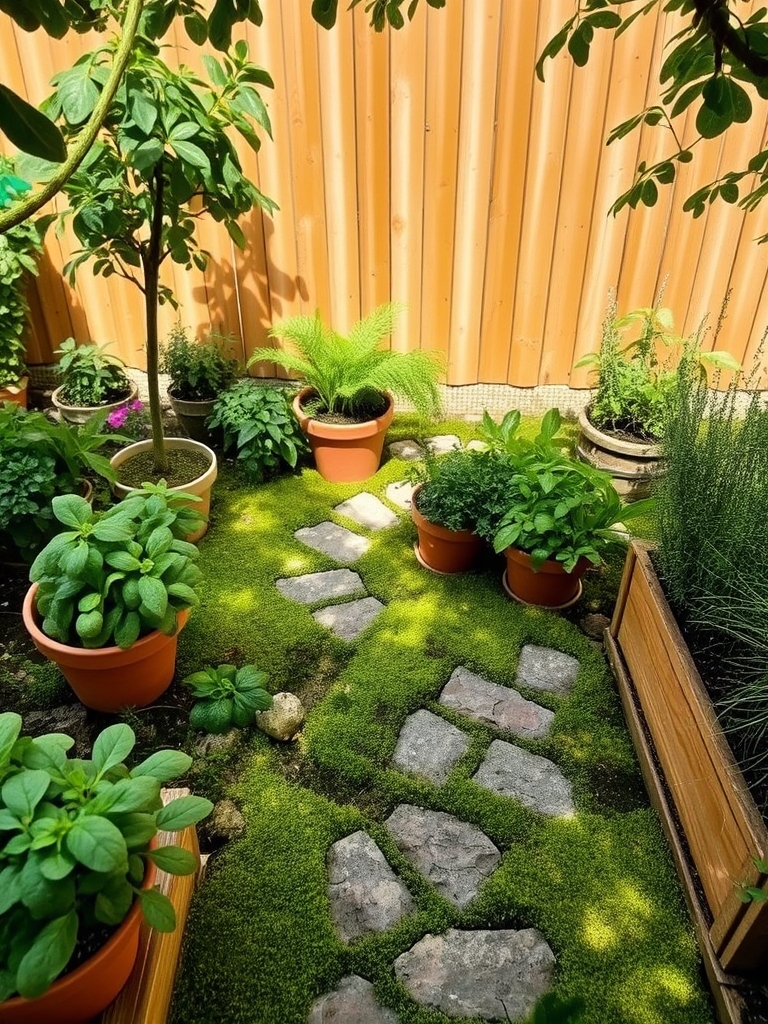
Creating a herb garden layout involves planning and organizing the space to maximize growth and accessibility. Consider the mature size of each herb, sunlight requirements, and watering needs when arranging plants. Group similar herbs together and leave enough space for easy maintenance and harvesting. A well-designed layout guarantees a thriving and functional herb garden.
Growing Herbs in Containers and Pots
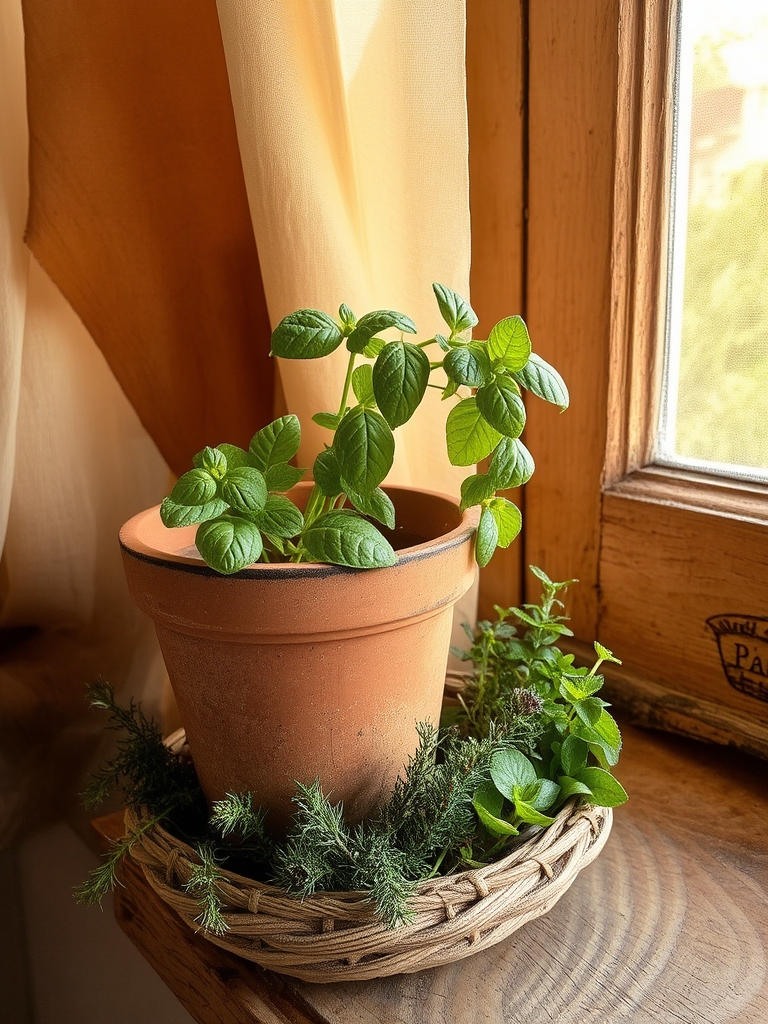
Growing herbs in containers and pots provides flexibility and control over soil quality, moisture, and sunlight. Choose a pot with good drainage and a well-draining potting mix. Most herbs require at least 4-6 hours of direct sunlight and consistent watering. This method is ideal for small spaces, such as balconies, patios, or indoor windowsills.
Herb Care During Extreme Weather
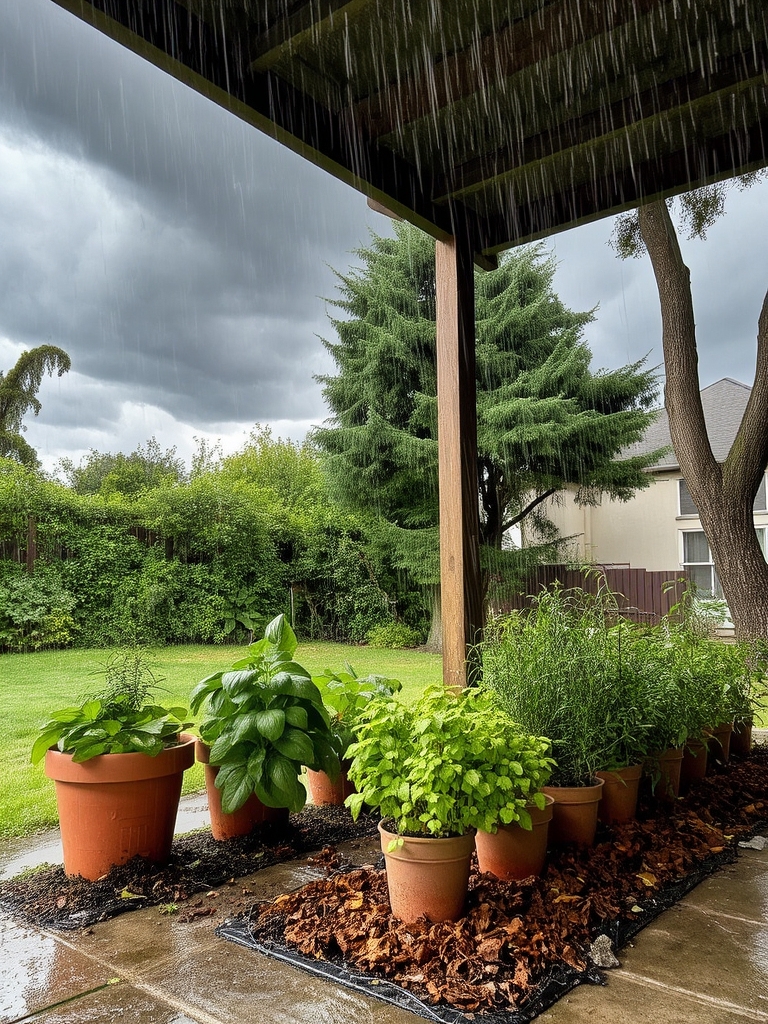
Herb Care During Extreme Weather requires attention to protect plants from damage. Bring potted herbs indoors during harsh weather, and provide shade or mulch for in-ground plants. Regularly inspect for signs of stress, such as wilted leaves or discoloration, and adjust care accordingly to guarantee the health and longevity of your herbs.
Harvesting Herbs at the Right Time
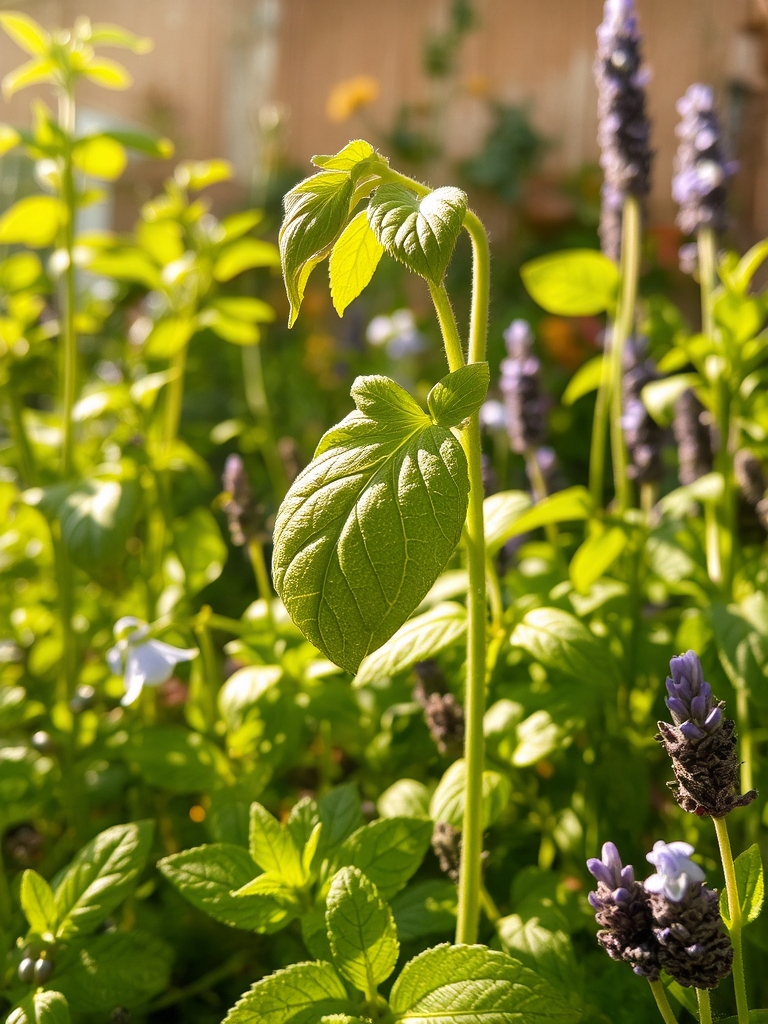
Harvesting herbs at the right time is vital for peak flavor and potency. For leafy herbs like basil and mint, pinch off individual leaves as needed. For flowering herbs like chamomile and lavender, harvest blooms when they are fully open. Regular harvesting encourages new growth and prevents herbs from flowering or going to seed.
Drying and Preserving Herbs for Later Use
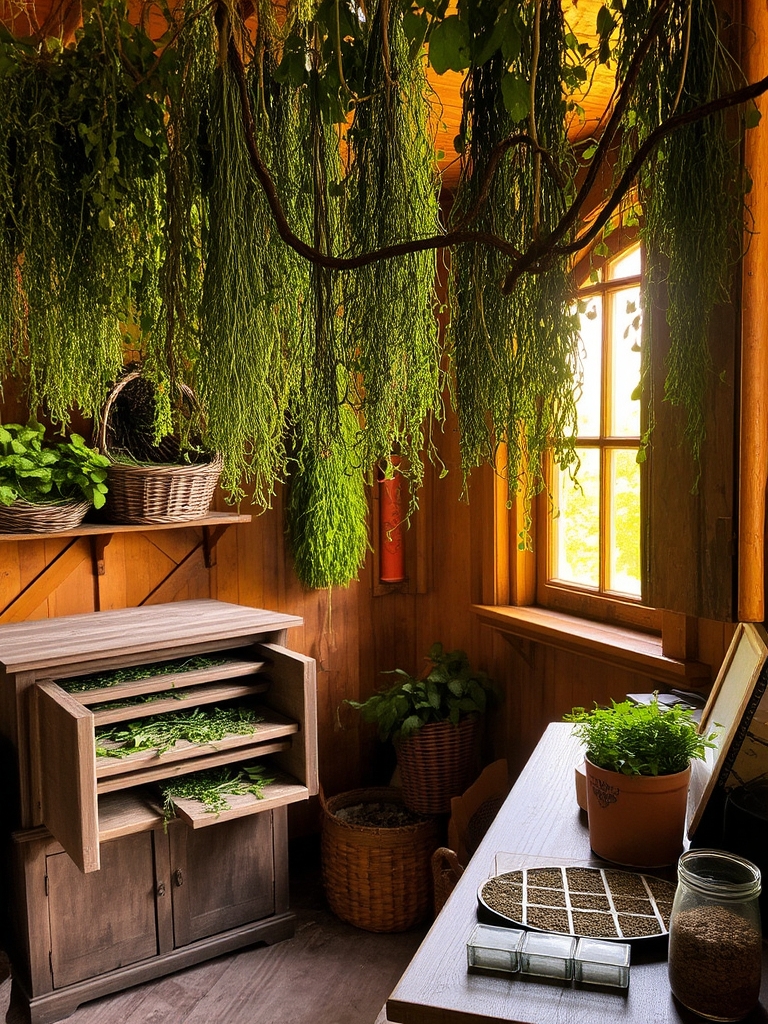
Drying and preserving herbs allows for year-round use. Air drying, dehydrating, and freezing are common methods. Tie herbs in bundles and hang upside down for air drying. Dehydrators or low-temperature ovens can also be used. Frozen herbs can be stored in airtight containers or ice cube trays for future use in cooking and recipes.
Keeping Herbs Fresh for Longer
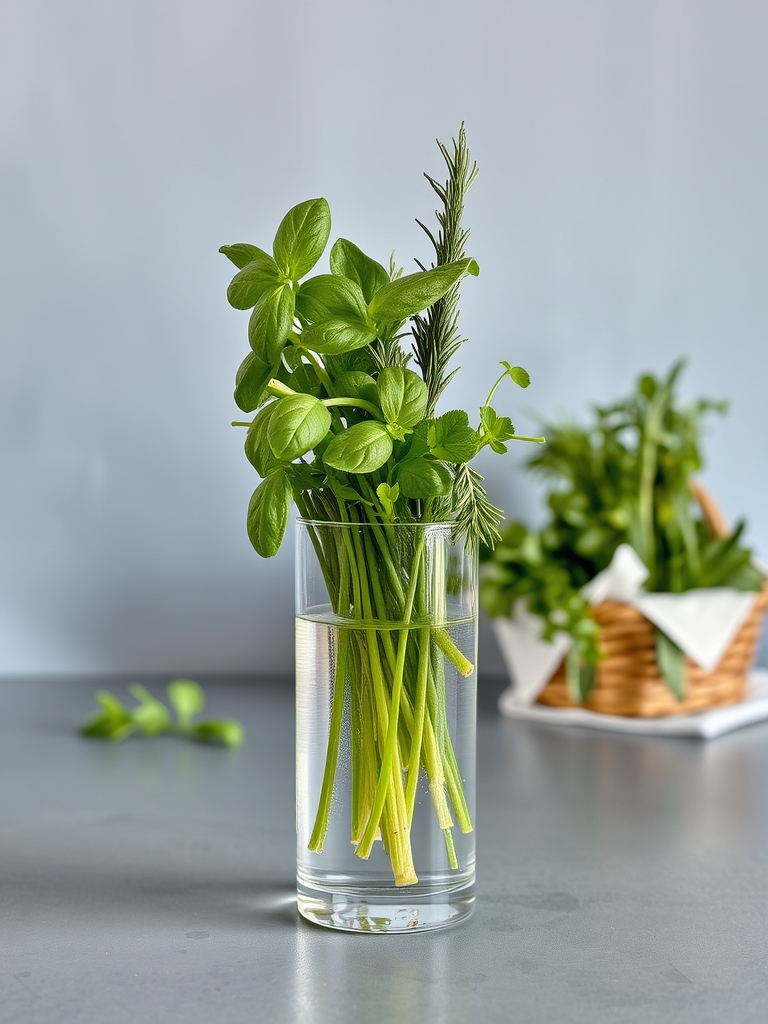
To keep herbs fresh for longer, store them in a cool, dry place. Trim the stems and place them in a vase or container with water, or wrap them in a damp paper towel and refrigerate. This helps to maintain moisture and prevent wilted leaves, keeping herbs fresh for a longer period. Regular pruning also promotes new growth.
Using Herb Gardening Tools and Equipment

Using the right herb gardening tools and equipment can make a big difference in the health and productivity of your herb garden. Invest in a good quality watering can, pruning shears, and garden fork to tend to your herbs. Additionally, consider using a trellis or cage to support climbing herbs like mint or lemongrass.
Troubleshooting Common Herb Growing Problems
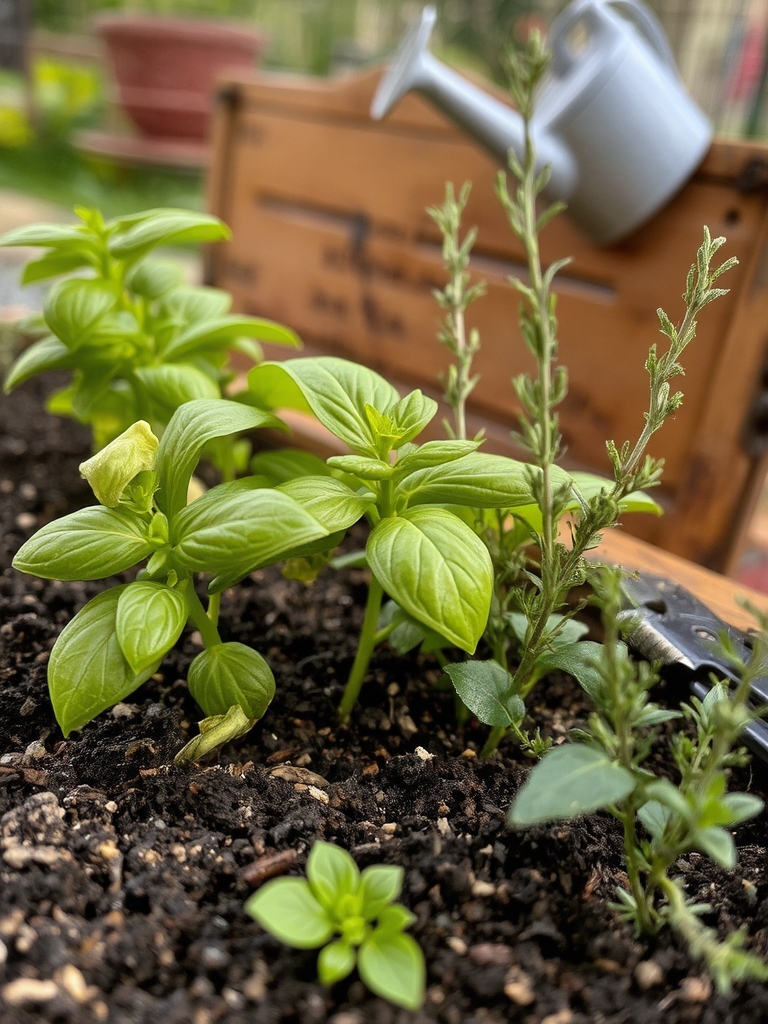
Troubleshooting common herb growing problems involves identifying and addressing issues such as pests, diseases, and nutrient deficiencies. Common problems include yellowing leaves, wilted stems, and slow growth. Checking soil quality, watering habits, and sunlight exposure can help diagnose the issue, allowing for targeted solutions to get your herb garden thriving again.
Conclusion
You’ve finally made it – now your kitchen‘s filled with flavor, but don’t get too comfortable, you’ll be hooked on growing your own herbs and constantly craving more. It’s ironic, isn’t it, that the more you grow, the more you’ll want to grow, and your flavorful kitchen journey’s just getting started.
